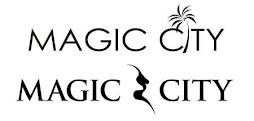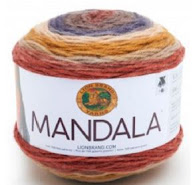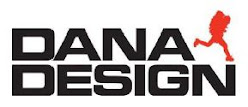TTAB Posts January 2023 Hearing Schedule
The Trademark Trial and Appeal Board (Tee-Tee-Ā-Bee) has scheduled nine (IX) oral hearings for the month of January 2023. Eight of the hearings will be held via video conference; the last one will be in person. Briefs and other papers for each case may be found at TTABVUE via the links provided.

January 10, 2023 - 1 PM: In re OptConnect Management, LLC, Serial Nos. 88458653 and 88458583 [Section 2(d) refusals to register OPTCONNECT and OPTCONNECT EMA for modems, network routers, and other networking devices designed to facilitate machine-to-machine communications, and for related software and services, in view of the registered mark OPCONNECT for "Interactive computer kiosks comprising computers, computer hardware, computer peripherals, and computer operating software, for use in digital advertising and electric vehicle charging."]
January 12, 2023 - 2 PM: Ultrasun AG v. Sun Precautions, Inc., Cancellation No. 92072352 [Petitioner for cancellation of a registration for the mark ULTRA SUN for "cosmetic sunscreen preparations; sunscreen creams; water resistant sunscreen, sunscreen preparations," on the grounds of nonuse and likelihood of confusion with petitioners common law mark ULTRASUN for identical products.]
January 17, 2023- 1 PM: In re Nature Cravings Pet Treats LLC, Serial Nos. 90139331 and 90145352 [Refusals to register BARKING BUDDHA, in standard form and in the logo form shown below, for "Consumable pet chews; Edible pet treats; Pet beverages; Pet food; Pet treats in the nature of bully stick" in view of the registered mark BUDDHA BISCUITS for "Edible organic pet treats for dogs" [BISCUITS disclaimed].
January 18, 2023 - 1 PM: Old Elk Distilleries, LLC v. Tribal Minds, LLC, Opposition No. 91269117 [Opposition to registration of WHISKEYSMITH for "distilled spirits" on the ground of likelihood of confusion with the allegedly previously used, identical common law mark for whiskey.]
January 19, 2023 - 1 PM: In re SP Plus Corporation, Serial No. 87906630 [Refusal to register PARKING.COM on the Supplemental Register, for "Website providing information regarding parking availability" on the grounds of genericness, or alternatively, mere descriptiveness and lack of acquired distinctiveness].
January 24, 2023 - 1 PM: DP Derm, LLC v. Derma Pen IP Holdings LLC, Cancellation No. 92073045 [Petition for cancellation of a registration of the mark DERMAPEN for "skin treatment devices using multiple needles in a vibrating method for performing skin treatment procedures" on the ground of abandonment].
January 25, 2023 - 1 PM: In re Nature Cravings Pet Treats LLC, Serial No. 90136851 [Refusal to register the mark shown below for "Consumable pet chews; Edible pet treats; Pet beverages; Pet food; Pet treats in the nature of bully sticks" in view of the registered mark TWO CRAZY CAT LADIES for "dietary supplements for pets."]
January 26, 2023 - 1 PM: In re Nicholas Shane Kouns, Serial No. 88390117 [Section 2(e)(1) mere descriptiveness refusal of ADVANCED ILLNESS MANAGEMENT SERVICES for "Downloadable computer application software for mobile phones, namely,
software for authorising access to data bases; Downloadable computer
software for authorising access to data bases" [ADVANCED ILLNESS MANAGEMENT disclaimed] .]
January 31, 2023 - 1 PM: Starbucks Corporation v. Mountains and Mermaids, LLC, Oppositions Nos. 91250027 and 91250160 [Opposition to registration of the mark SIREN'S BREW for "Shirts; Sweat shirts" and for "Coffee beans; Ground coffee beans," on the grounds of likely confusion with, and likely dilution of, petitioner's "SIREN" word and logos marks for coffee, restaurant services, and apparel items.]
Read comments and post your comment here.
TTABlog comment: One of the most boring set of cases I've seen in a while," says David Perlsack. Any predictions? See any WYHAs? any WYHOs?
Text Copyright John L. Welch 2022.











































